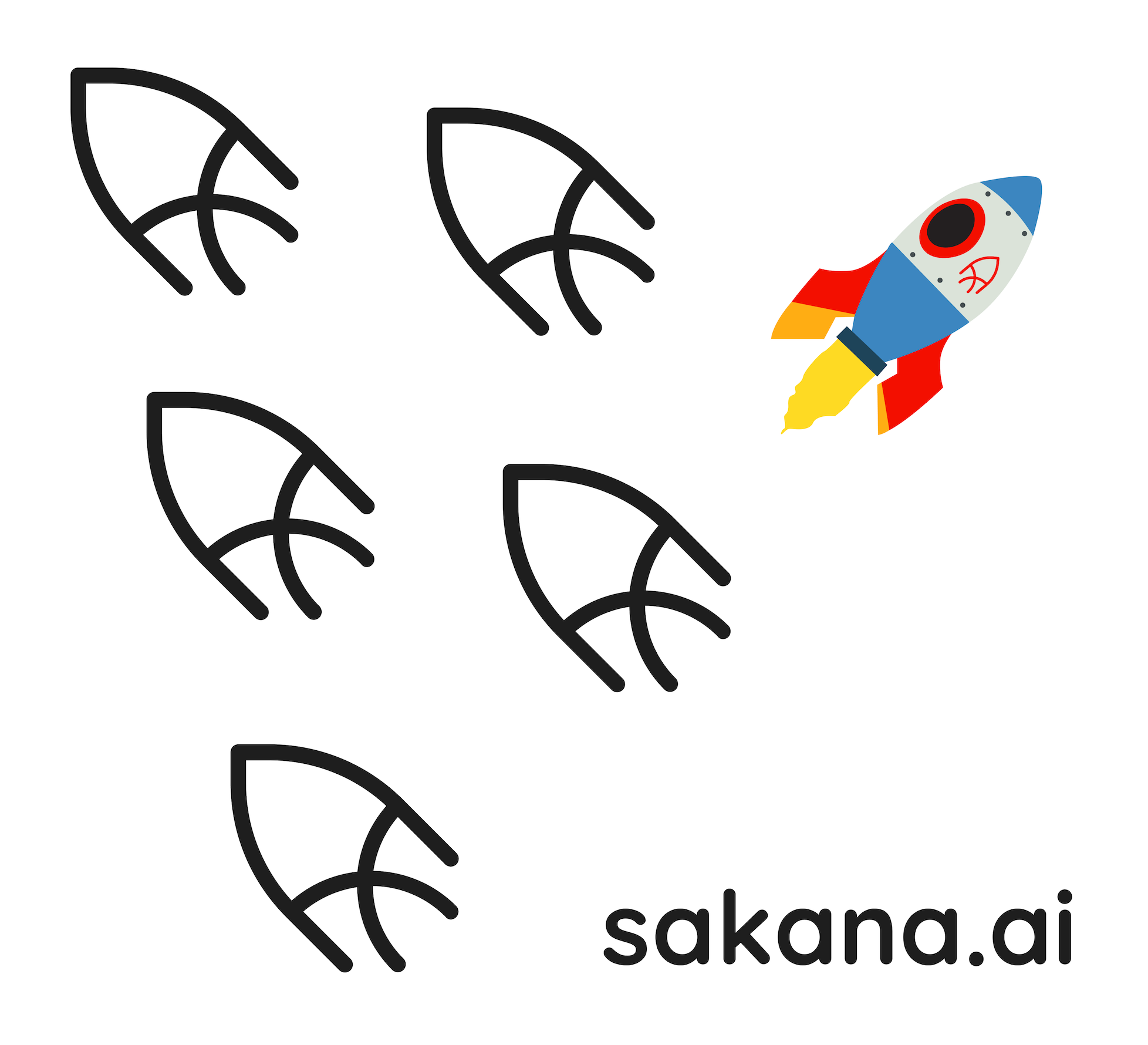
IASC system from Sakana AI creates languages from scratch without human participation
Imagine: previously, to create a language from scratch, you had to be Tolkien or a team of linguists from “Star Trek”. Years of work, thousands of hours on phonetics, grammar, writing. And now AI does this. Simply takes and assembles a language piece by piece, like a constructor.
Researchers from Sakana AI and University of Notre Dame built an IASC system that constructs languages step by step. First the model invents sounds and their combinations. Then grammar, declensions, word order. Further – writing. And for dessert outputs a mini-textbook with examples and translations. All by itself, without humans.
But there’s a nuance. The model handles even abstract things like “inclusive we” – you know, when the language has a difference between “we with you” and “we without you”. But as soon as it encounters something rare, for example non-standard word order like in Basque, and that’s it – AI stalls.
The work’s authors say this will help compose languages for games and films. But the most interesting thing is different: now scientists can check what AI actually understands about language. Where it really grasps concepts, and where it just reproduces statistics from training data. It turns out researchers created a tool to understand how much the previous tool actually understands anything. Classic story about technologies devouring themselves.
Autor: AIvengo
For 5 years I have been working with machine learning and artificial intelligence. And this field never ceases to amaze, inspire and interest me.
Latest News
UBTech will send Walker S2 robots to serve on China's border for $37 millionChinese company UBTech won a contract for $37 million. And will send humanoid robots Walker S2 to serve on China's border with Vietnam. South China Morning Post reports that the robots will interact with tourists and staff, perform logistics operations, inspect cargo and patrol the area. And characteristically — they can independently change their battery.
AI chatbots generate content that exacerbates eating disordersA joint study by Stanford University and the Center for Democracy and Technology showed a disturbing picture. Chatbots with artificial intelligence pose a serious risk to people with eating disorders. Scientists warn that neural networks hand out harmful advice about diets. They suggest ways to hide the disorder and generate "inspiring weight loss content" that worsens the problem.
OpenAGI released the Lux model that overtakes Google and OpenAIStartup OpenAGI released the Lux model for computer control and claims this is a breakthrough. According to benchmarks, the model overtakes analogues from Google, OpenAI and Anthropic by a whole generation. Moreover, it works faster. About 1 second per step instead of 3 seconds for competitors. And 10 times cheaper in cost per processing 1 token.

